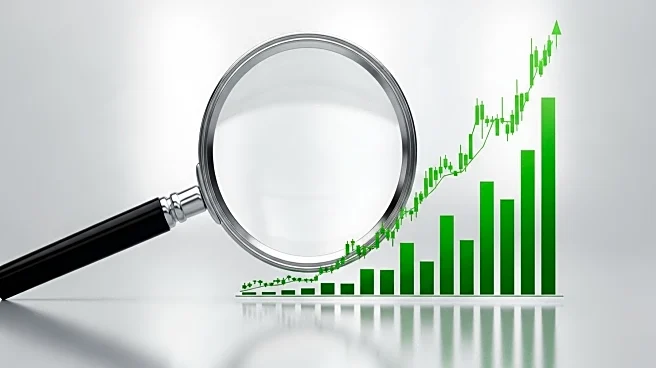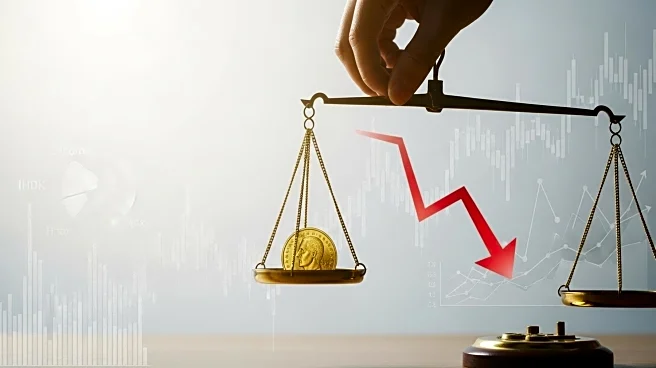What is the story about?
What's Happening?
Rio Tinto Ltd, one of the world's largest metal and mining companies, has seen its share price increase by 4.2% since the beginning of 2025. The company, founded in 1873, operates in four core business units: Aluminium, Copper & Diamonds, Energy & Minerals, and Iron Ore, with iron ore being the largest export. The performance of Rio Tinto is significantly influenced by the price of iron ore and other commodities, leading to volatile earnings. The S&P/ASX200 Materials Index has averaged a capital growth of 5.98% per year over the last five years, compared to the ASX 200 index's 8.10% per year. Rio Tinto's dividend yield currently stands at 5.28%, below its five-year average of 6.80%, indicating fluctuations in dividends and share price.
Why It's Important?
The fluctuations in Rio Tinto's dividend yield and share price are crucial for investors, particularly those interested in materials shares known for their reliable dividends. The demand for metals like iron ore, copper, and lithium is increasing, driven by the transition to renewable energy and the need for electric car batteries and solar panels. Companies like Rio Tinto are investing heavily to capitalize on this growing demand. The current dividend yield suggests potential changes in dividends or share price, impacting investor decisions and portfolio strategies.
What's Next?
Investors may need to consider the implications of Rio Tinto's fluctuating dividend yield and share price. The company's investments in renewable energy materials could position it favorably in the market, potentially leading to increased demand and growth. Monitoring commodity prices and Rio Tinto's strategic investments will be essential for stakeholders to assess future performance and dividend reliability.
Beyond the Headlines
The shift towards renewable energy and the increasing demand for metals like lithium and copper highlight the broader economic transition impacting mining companies. Rio Tinto's strategic investments in these areas could lead to long-term growth and sustainability, influencing global supply chains and economic policies related to renewable energy.
AI Generated Content
Do you find this article useful?













